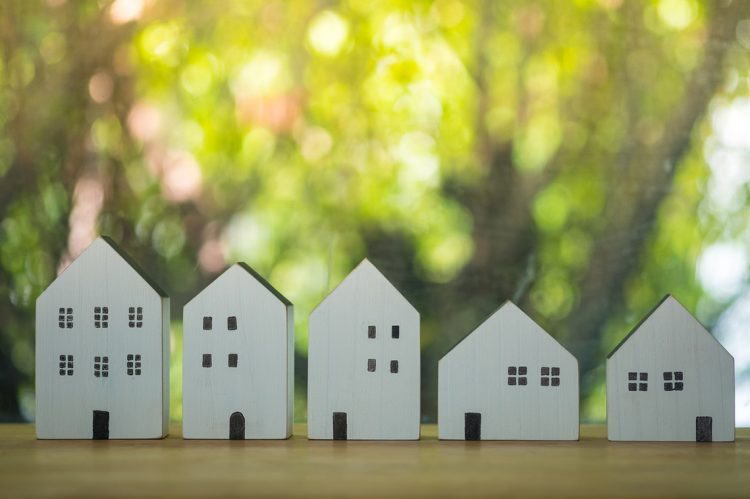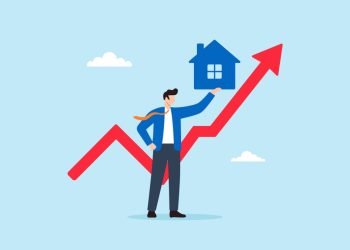New home starts fell sharply again, according to the latest data from the Census Bureau and the Department of Housing and Urban Development (HUD), continuing a downward spiral through most of this year as builders pull back in the face of rising interest rates and broad economic uncertainty.
With 1.56 million overall starts in June, the country saw a 2% decrease month-over-month, down 6.3% year-over-year. Builder permits also shrank from last month, falling a nominal 0.6%, but up 1.4% from a year ago.
Even as most markets have continued to see strong price appreciation, and home sales unexpectedly spiked early in the summer, the consistent decreases in home building and the decidedly negative outlook of builders portends a much more difficult real estate market ahead.
Jerry Konter, chair of the National Association of Homebuilders (NAHB), pointed out that single-family starts took a particularly hard tumble in June, down 8.1% from the previous month, with single-family permits falling an equivalent 8%.
“Single-family starts are retreating on higher construction costs and interest rates,” he said in a statement. “Builders are reporting weakening traffic as housing affordability declines.”
In a dramatic reversal, however, multi-family starts were up significantly in June—10.3% year-over-year after plunging in May. Multi-family permits were also up year-over-year, driven mostly by larger (five units or more) buildings.
The takeaway:
Analysts remain hopeful that the housing market can, along with the broader economy, come down slowly without a crash. But longer-term issues that preceded the pandemic—affordability and underbuilding, among other things—could make that scenario more difficult.
“Price growth will slow significantly this year, but a housing deficit relative to demographic need will persist through this ongoing cyclical downturn,” said NAHB Chief Economist Robert Dietz in a statement.
The pace of multi-family permitting and starts could be the result of investors hoping to dip into the fast-growing rental market. It could also be indicative of a nationwide push to reform zoning codes and allow more dense housing particularly in the suburbs—something the Biden administration has advocated for—as more land opens up to that type of building.
At the same time, mortgage rate increases will fundamentally affect who can afford to buy homes, and whether it is feasible for builders to construct them.
“While the multi-family market remains strong on solid rental housing demand, the softening of single-family construction data should send a strong signal to the Federal Reserve that tighter financial conditions are producing a housing downturn,” said NAHB Chief Economist Robert Dietz in a statement.












